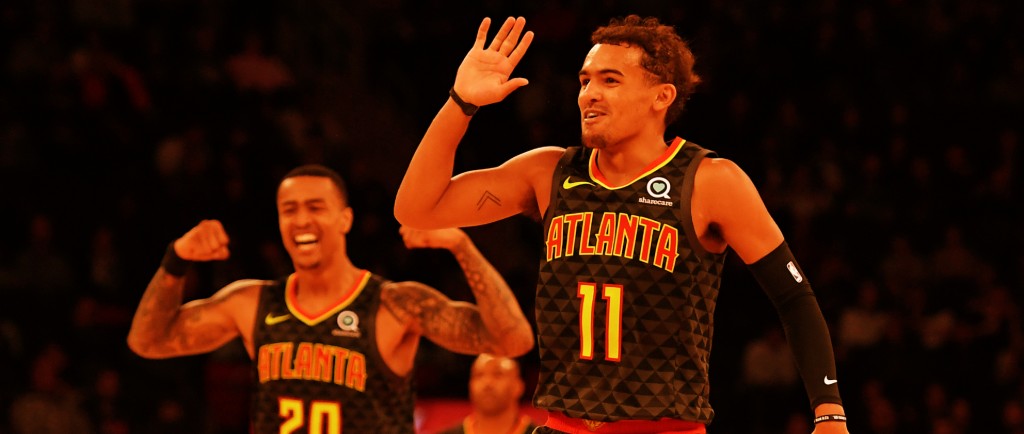Our Longest Summer series will look at the eight teams whose seasons are now officially over, and will have to wait until mid-October to make decisions on what’s next and how to proceed after falling short of the cut-off for a continued 2019-20 campaign.
Prior to the 2019-20 season, there was buzz (at least in some circles) about the Atlanta Hawks as a potential threat at the edges of the Eastern Conference playoff race. While that never materialized, Lloyd Pierce’s team enjoyed flashes of what might be to come, especially with the growth and development of Trae Young as the team’s centerpiece of the present and future.
In the end, though, the Hawks posted an unsightly 20-47 record, sunk by shaky roster building and other factors, including an unforeseen 25-game suspension to the team’s second-best player in John Collins. Maybe most frustrating for the Hawks is they never got to try and make a late season run with a new-look roster after an active trade deadline. Ultimately, Atlanta’s struggles paved the way for exclusion from the 22-team bubble in Orlando but, as the extended offseason arrives, there are many factors to evaluate.
2020 Free Agents
Jeff Teague (UFA), Damian Jones (RFA), Skal Labissiere (RFA), DeAndre’ Bembry (RFA), Treveon Graham (UFA), Vince Carter (UFA — likely retired)
2020 Projected salary cap space (assuming $115 million salary cap)
$47.75 million, per Early Bird Rights
Areas of Strength
The Hawks, unlike many teams in rebuilding mode, have a legitimate star in Young. Acquiring that No. 1 piece is the single most important piece of any rebuild and, after a strong sophomore campaign, Young is firmly entrenched as the face of the franchise. Atlanta also has another high-end offensive piece with John Collins and a bevy of young wings with De’Andre Hunter, Cam Reddish and Kevin Huerter. Atlanta’s combination of youth and flexibility makes the team quite intriguing this summer, especially once Clint Capela returns in full from the injury that ended his 2019-20 campaign prematurely.
Areas of Need
Atlanta doesn’t have a glaring positional need, which can be a good and a bad thing depending on how the team’s younger supporting pieces progress. The Hawks have a few lineup constructions that already make sense but, at the same time, the team struggled mightily without Young on the floor this season. Part of that is a lack of a legitimate primary creator aside from Young. One of the team’s glaring deficiencies in 2019-20 was the center position but, with Capela now on board, the Hawks should be looking for more shooting and, ultimately, continuing the search for the second perimeter star that almost every team is seeking.
Biggest Decisions
In a free agent class void of top-tier stars, the Hawks picked a challenging time to have the largest amount of cap space in the NBA. Atlanta doesn’t have to rush things and overspend but, at the same time, there could be internal pressure to take a step forward as Young’s third season arrives. The Hawks could improve drastically by simply adding one or two competent, starting-quality players at the 2 through 4 spots. The alternative is for the Hawks to do more of their work around the edges, using cap space in other ways beyond inking high priced free agents, and focusing on keeping the runway clear for their young players to grow. Beyond that, they team has a pick in the top half of the lottery to play with when the draft arrives and Collins is extension-eligible, though the Hawks have some incentive to take advantage of his (relatively) low cap hold in the summer of 2021.
Overall Offseason Focus
It’s a big offseason for the Hawks. The on-court results were brutal in 2019-20, but considering the team’s combination of star power, youthful talent and future flexibility, there is a lot to like in Atlanta. The goal should be to improve while doing so responsibly and avoiding the pitfalls that a team could make with a porous free agent class and a pocket full of cap space.







